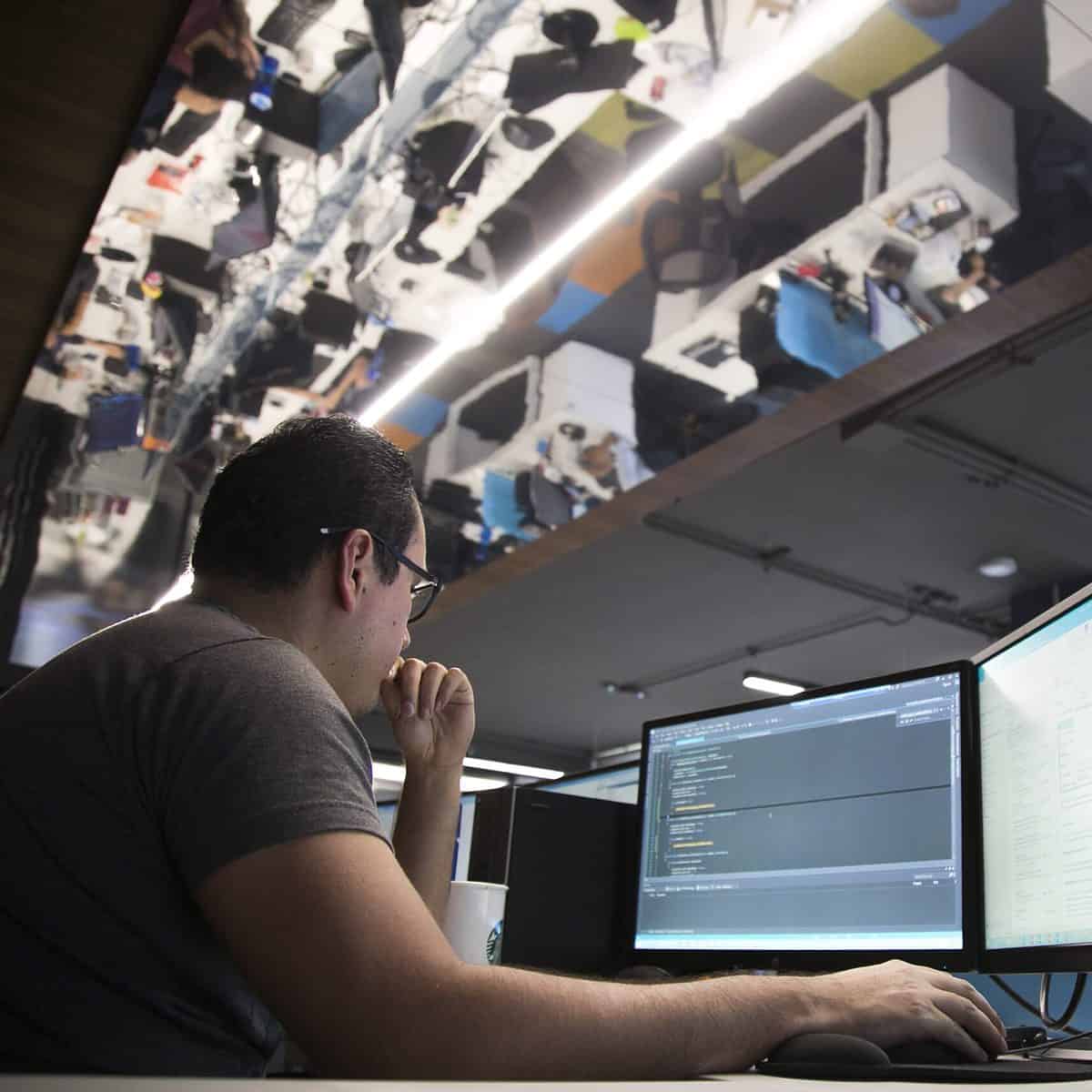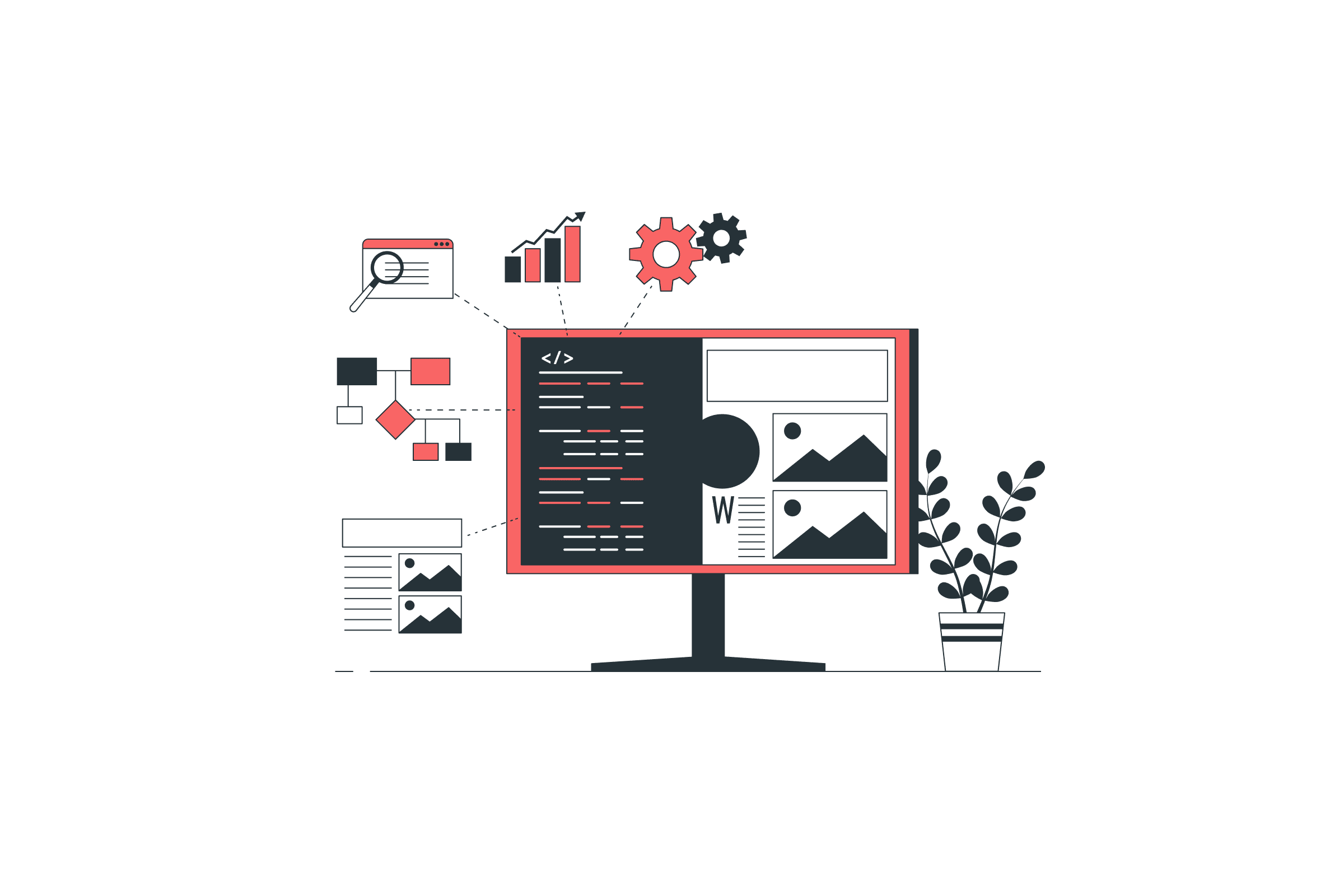In software, a single overlooked bug can snowball into downtime, security risks, and millions in losses. Yet, many teams still confuse quality assurance (QA) with software testing, treating them as interchangeable when they’re not.
For decades, QA has been treated as the final step in the development cycle: write code first, test later. The consequence is predictable: defects surface late in the cycle, costs skyrocket, and user trust takes the hit. As AI, automation, and data-driven strategies redefine modern development, clinging to this outdated mindset is no longer sustainable.
In this article, you’ll learn:
- The difference between QA and software testing.
- The unique role of manual and automated testing.
- How AI and data are transforming QA practices.
- Tools and approaches that make QA more efficient.
- Practical insights to future-proof your QA strategy.
QA vs. Software QA: What’s the Difference?
Not all QA is about software. Quality assurance is a broad discipline used in industries like healthcare, food production, and manufacturing. Its purpose is universal: prevent defects by ensuring processes are sound.
Software QA (SQA) is a specialized subset. It spans the entire development lifecycle: requirements, design, coding, testing, release, and maintenance. The goal is not only to detect problems but to prevent them before they reach the user.
Think of it this way:
- QA = the system of rules and checks that ensure consistent quality.
- Software QA = applying those rules to software, with the added complexity of code, user experience, and security.
Why QA Testers Are Essential
Modern QA teams combine manual and automated approaches, each covering different needs:
Manual QA
- UI/UX Testing → Ensures the product feels intuitive and human-friendly.
- Exploratory Testing → Finds issues scripts miss by simulating real user behavior.
- Scenario-based Testing → Validates workflows and edge cases.
Automation QA
- Regression Testing → Confirms updates don’t break existing functionality.
- Performance Testing → Simulates thousands of users under load.
- Reliability Testing → Runs repeated cycles to validate stability over time.
Manual testing captures the human element, while automation delivers speed and scale. Together, they form a complete QA strategy.
The Role of a QA Engineer
A software QA engineer is more than a bug hunter.
They:
- Define testing strategies and frameworks.
- Collaborate with developers to ensure quality from day one.
- Run tests, analyze data, and provide actionable feedback.
- Champion the end user by ensuring products are reliable, accessible, and secure.
Their work spans every phase of the SDLC, making them critical to modern delivery teams.
Types of QA Approaches
QA isn’t one-size-fits-all. Organizations apply different flavors depending on needs:
- Process-Oriented QA → Prevents defects by improving workflows.
- Product-Oriented QA → Focuses on the final output.
- Pre-production QA → Validates design and architecture before coding.
- Post-production QA → Evaluates stability and performance after release.
How AI and Data Are Reshaping QA
New technologies are amplifying QA’s role:
- AI-assisted testing: Tools like Applitools and Testim automatically generate test cases and detect anomalies.
- Data-driven insights: Telemetry and analytics prioritize which areas to test first, reducing wasted effort.
Predictive QA: Machine learning identifies patterns in past defects to forecast high-risk areas in code.
Tools for QA Testing
QA professionals rely on a mix of tools depending on scope:
- Selenium → Browser automation for regression testing.
- JIRA → Bug tracking and issue management.
- TestRail → Test case management and reporting.
- Cypress / Playwright → Modern frameworks for fast end-to-end testing.
The trend is toward integration and intelligence, with AI-enhanced tools reducing maintenance effort and accelerating release cycles.
QA is not a box to check at the end. It’s a culture of prevention, powered today by automation, AI, and data.
Software QA ensures that every line of code delivers reliability, security, and user satisfaction. But in today’s landscape, QA isn’t just about finding bugs, it’s about building confidence into every stage of development.
At unosquare, our QA professionals embed quality from design through deployment, using modern tools and AI-driven practices to ensure software that works and lasts.
Talk to us today to learn how our QA teams can support your next project.



